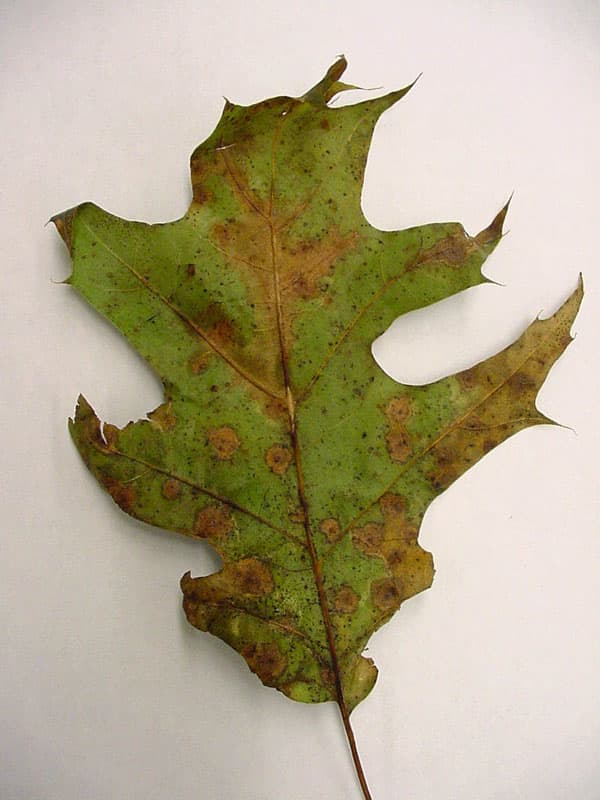
Welcome to a cocktail that you will want again and again. All Rights Reserved.CRAFTED BY CLAY KIRKLAND, MIXOLOGY ENTHUSIAST AND OWNER OF WISECRAFT MIXOLOGY, A RESOURCE FOR HOMEMADE BITTERS, SYRUPS AND COCKTAILS.

© 2014 American Society of Plant Biologists. Results are interpreted in terms of water-plant surface interactions, plant surface physical chemistry, and plant ecophysiology. For the adaxial side, it is concluded that trichomes and the scars after trichome shedding contribute to water uptake, while the abaxial leaf side is highly hydrophobic due to its high degree of pubescence and different trichome structure, composition, and density. The abaxial trichomes were composed of 8% soluble waxes, 49% cutin, and 43% polysaccharides. All holm oak leaf trichomes were covered with a cuticle.
#AGE OF WATER OAKS FREE#
The surface free energy and solubility parameter decreased with leaf age, with higher values determined for the adaxial sides. The adaxial surfaces were wettable and had a high degree of water drop adhesion in contrast to the highly unwettable and water-repellent abaxial holm oak leaf sides. The structure and chemical composition of the abaxial (always present) and adaxial (occurring only in young leaves) trichomes were analyzed by various microscopic and analytical procedures. By measuring the leaf water potential 24 h after the deposition of water drops onto abaxial and adaxial surfaces, evidence for water penetration through the upper leaf side was gained in young and mature leaves.

With the aim of gaining insight into trichome structure, composition, and function in relation to water-plant surface interactions, we analyzed the adaxial and abaxial leaf surface of holm oak (Quercus ilex) as a model.

Plant trichomes play important protective functions and may have a major influence on leaf surface wettability. 1 Forest Genetics and Ecophysiology Research Group, School of Forest Engineering, Technical University of Madrid, Ciudad Universitaria s/n, 28040 Madrid, Spain (V.F., P.G., L.G.) Unidad de Recursos Forestales, Centro de Investigación y Tecnología Agroalimentaria, Gobierno de Aragón, 50059 Zaragoza, Spain (D.S.-K., J.J.P.-P., E.G.-P.) Laboratory of Plant Physiology (G.K.), and Laboratory of Electron Microscopy (C.F.), Department of Crop Science, Agricultural University of Athens, Iera Odos 75, Botanikos, 118 55 Athens, Greece Department of Applied Physics I, Faculty of Physics, Universidad Complutense, Avenida Complutense s/n, 28040 Madrid, Spain (M.K.) Nanophysics, Istituto Italiano di Tecnologia, Via Morego 30, 16163 Genoa, Italy (J.A.H.-G.) andMolecular Biology and Biochemistry Department, Instituto de Hortofruticultura Subtropical Mediterránea La Mayora, Consejo Superior de Investigaciones Científicas-University of Málaga, 29071 Málaga, Spain (A.H.) 2 Forest Genetics and Ecophysiology Research Group, School of Forest Engineering, Technical University of Madrid, Ciudad Universitaria s/n, 28040 Madrid, Spain (V.F., P.G., L.G.) Unidad de Recursos Forestales, Centro de Investigación y Tecnología Agroalimentaria, Gobierno de Aragón, 50059 Zaragoza, Spain (D.S.-K., J.J.P.-P., E.G.-P.) Laboratory of Plant Physiology (G.K.), and Laboratory of Electron Microscopy (C.F.), Department of Crop Science, Agricultural University of Athens, Iera Odos 75, Botanikos, 118 55 Athens, Greece Department of Applied Physics I, Faculty of Physics, Universidad Complutense, Avenida Complutense s/n, 28040 Madrid, Spain (M.K.) Nanophysics, Istituto Italiano di Tecnologia, Via Morego 30, 16163 Genoa, Italy (J.A.H.-G.) andMolecular Biology and Biochemistry Department, Instituto de Hortofruticultura Subtropical Mediterránea La Mayora, Consejo Superior de Investigaciones Científicas-University of Málaga, 29071 Málaga, Spain (A.H.).


 0 kommentar(er)
0 kommentar(er)
